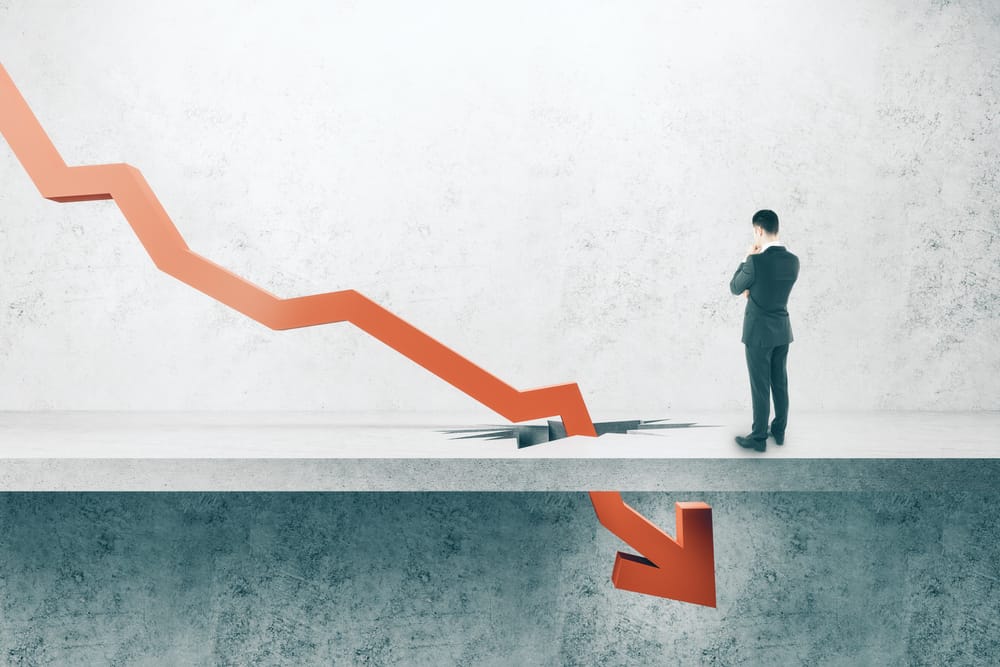U.S. unemployment rate's impact on economic conditions analyzed

Analyzing the U.S. Unemployment Rate: Its Impact on Economic Conditions and Future Trends
The U.S. unemployment rate, a critical measure of economic well-being, serves as a mirror to the health of the nation's economy. By examining variations in this vital statistic, we can better understand shifts in the labor market, job growth patterns, and broader economic conditions. Fluctuations in the unemployment rate are not just numbers; they provide insights into economic turns and set the stage for future forecasting. Employment statistics and workforce data are indispensable tools in predicting these trends and assessing their implications.
Understanding the U.S. Unemployment Rate
The national unemployment rate is more than just a figure; it represents the proportion of the labor force that is actively job searching but currently without work. This indicator is calculated using comprehensive employment statistics, which provide a reliable snapshot of economic health. Recent data on the U.S. jobs market show varied trends over time:
- Increased job opportunities contrast with rising jobless claims, reflecting complex economic conditions.
- Past decades have seen fluctuating unemployment, indicating periodic economic shifts.
- The present scenario emphasizes the need for continuous unemployment analysis to grasp economic dynamics.
Understanding these dynamics requires a deep dive into historical patterns and present conditions. While some years showed stability, others highlighted significant challenges, making it crucial to understand these oscillations.
Unemployment Increase and Economic Implications

An upsurge in unemployment can significantly affect the U.S. economy, especially concerning consumer activities like spending. An increase in jobless claims often signifies economic distress, as consumer confidence and spending tend to dwindle, consequently influencing economic stability. Key elements include:
- Economic impact: High unemployment typically leads to lower consumer spending and reduced economic activity.
- Unemployment trends: Continuous monitoring can guide policymakers in economic planning and forecasting.
- Labor statistics: Vital for assessing how the economy will shape up and prepare adaptive measures.
The correlation between jobless claims and economic conditions is stark, often serving as a harbinger for more significant economic trends. Policymakers must thus stay agile, ready to respond to ongoing challenges.
Exploring Current Labor Market Trends
Labor market trends are pivotal in shaping the job economy. Shifts here can have far-reaching effects on the labor force, influencing everything from job availability to wage growth. Key issues to consider in the current market include:
- Jobless rate: Fluctuations provide insight into the health of the job market.
- Employment trends: Indicators of workforce adaptations to economic shifts.
- U.S. labor market: A dynamic landscape that requires constant assessment to ensure economic balance.
Throughout the U.S. jobs landscape, emerging trends suggest evolving demands and roles, requiring consistent analysis to keep up with potential disruptions. Keeping an eye on these changes can guide both jobseekers and policymakers alike.
Wage Growth and Its Role in Economic Conditions
Wage dynamics play a crucial role in understanding the economic impact of employment statistics. Analyzing wage growth reveals much about economic health and challenges within the workforce. Considerations include:
- Wage analysis: Helps uncover discrepancies and potential workforce challenges.
- Job market: Appreciating wage trends ensures a balanced economic environment.
- Economic conditions: Sustaining wage growth aligns with evolving labor trends.
The interplay between wages, labor statistics, and unemployment rates reflects a reciprocal relationship. To maintain economic stability, strategies must focus on fostering wage growth that keeps pace with broader economic trends.
Future Economic Conditions and Unemployment Predictions
Forecasting economic conditions hinges on current employment trends and statistics. By examining historical data alongside current patterns, we can predict potential shifts in the U.S. labor market. This analysis considers:
- Employment trends: A precursor to understanding future economic developments.
- Economic forecast: Helps policymakers in strategic planning and preparedness.
- U.S. workforce: Needs agile adaptation to navigate upcoming job market changes.
These forecasts are indispensable for planning, guiding both policy formulation and economic strategies. By anticipating changes, we can better support the U.S. workforce in navigating future challenges.
Navigating Future Economic Challenges
Understanding the U.S. unemployment rate is vital in grasping its multifaceted effects on the economy. By focusing on labor market trends, job growth, and wage growth, we can better anticipate and manage future economic challenges. Continuous analysis and flexible strategies will be key to dealing with potential shifts in economic conditions and national unemployment scenarios. As we move forward, staying informed and adaptive will be essential in steering the economy toward sustainable growth.




